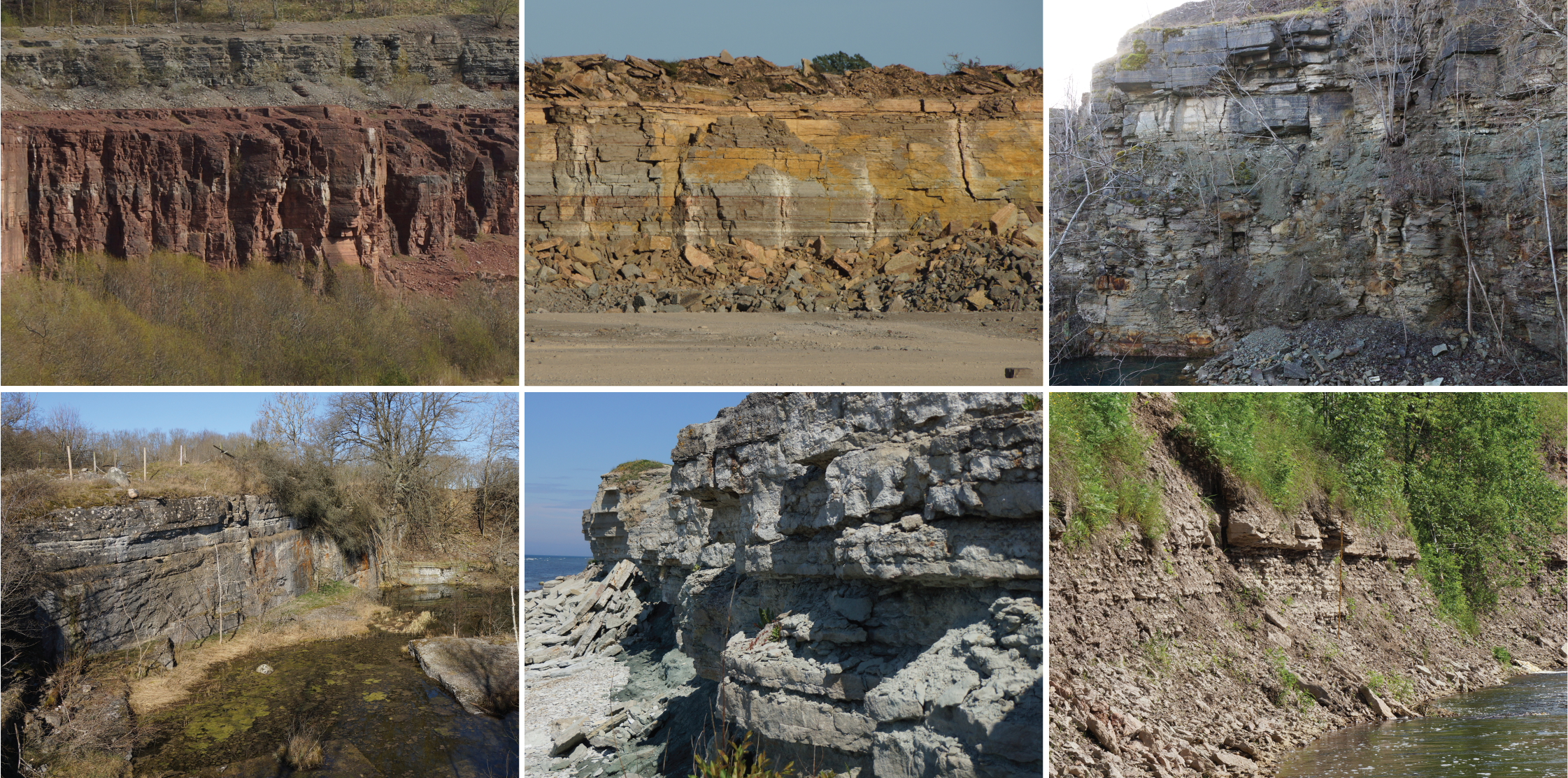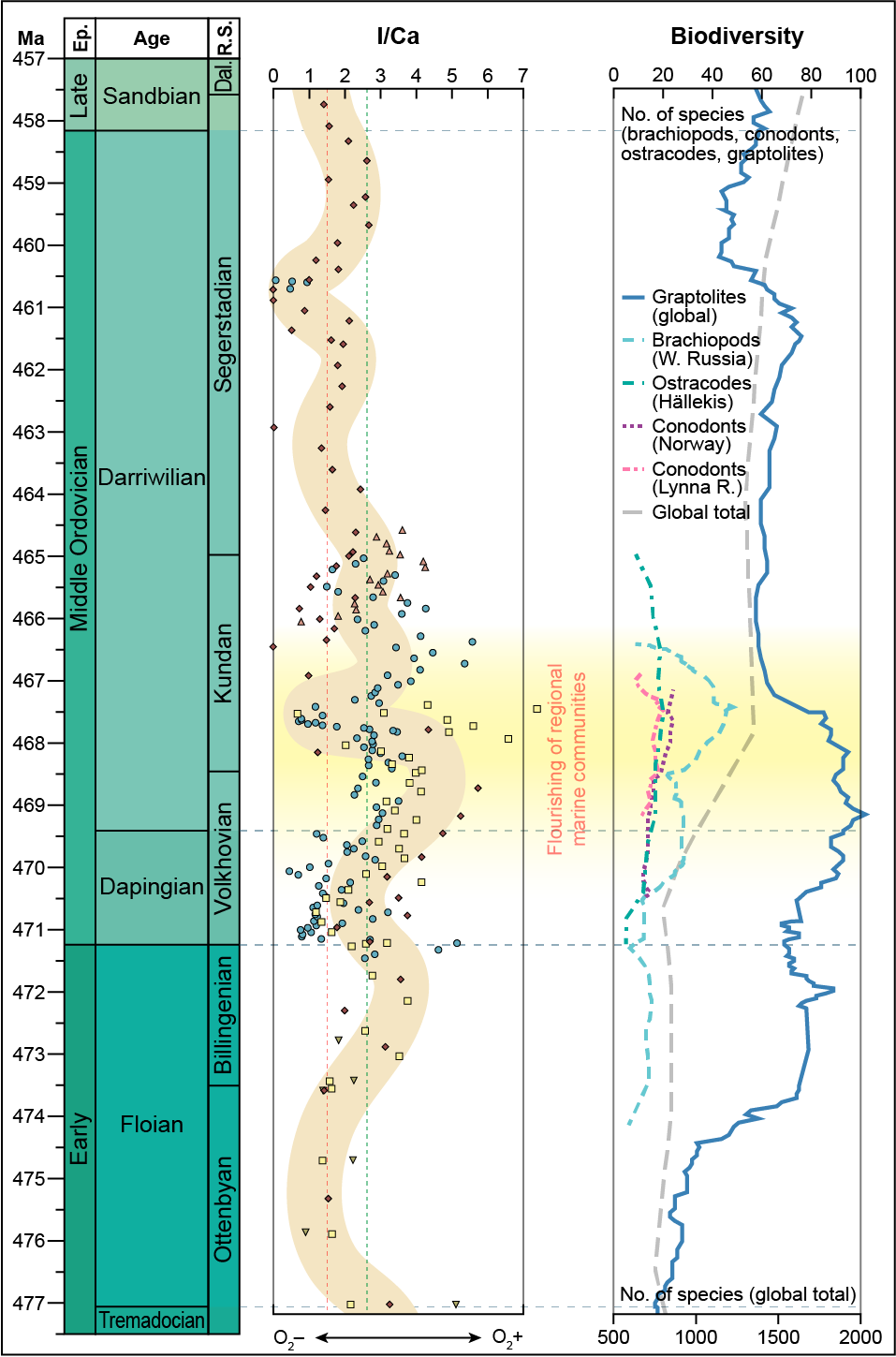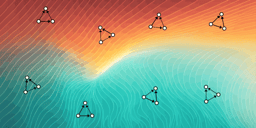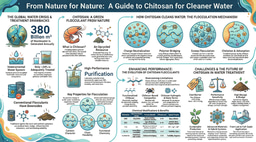Oxygen and Ordovician life: a Baltoscandian case study
Published in Earth & Environment

The Ordovician Period, some 487–443 million years ago, can justly be described as one of the most transformative times in the evolution of life on our planet. Following relatively slow evolutionary progress in the wake of the ‘Cambrian Explosion’, marine biodiversity quite suddenly (in geological time perspectives, that is!) boomed in the early–middle Ordovician and a multitude of organisms evolved in a rapid pace. This phenomenon is commonly referred to as the ‘Great Ordovician Biodiversification Event’, or simply the ‘Ordovician Radiation(s)’. In addition to multiplying in terms of species numbers, animals came to make better use of their environmental surroundings and new ecological niches were established; ecosystems and food webs diversified, expanded and became more complex. The remarkable biotic changes during the Ordovician have long fascinated researchers, and great strides have been made in recent decades to put the time interval into clearer picture overall.
Among the arguably more plausible scenarios proposed to explain the biodiversity development during the Ordovician, oxygen has repeatedly been promoted as a key player. Nonetheless, reconstructions of oxygen levels, as well as connections between oxygen conditions and biotic changes, in the Ordovician have mainly been supported by indirect inferences and numerical/theoretical models rather than empirical evidence. With this in mind – but, frankly, mainly due to curiosity – we set out to explore the oxygenation history of Ordovician marine shelf environments with the aid of state-of-the-art sedimentary geochemistry.
Getting out there and into it
The ancient continent Baltica, which includes the Baltoscandian area, forms a fitting place to start a systematic geochemical survey of sedimentary rocks. The regional Ordovician succession is generally well preserved (ensuring reliable geochemical signals) and there are many accessible outcrops. Moreover, the scientific literature offers sufficiently high-resolution palaeontological data from this area to assess possible connections between Ordovician marine oxygenation and biodiversity.
Before doing any of the geochemical analyses, we of course needed suitable rock samples. This meant many hours of (meticulous and heavy, but joyous!) fieldwork, with visits to rock sections in Sweden, Estonia and westernmost Russia. In the field, we also collected observational data on rock details that carry environmental information. Once back from the field, a representative selection of samples was carefully prepared in Lund, Sweden, for geochemical analyses in Tallahassee, USA. Everything went smoothly until the covid-19 pandemic, as we say in Sweden, threw some ‘grus i maskineriet’ (‘gravel in the machinery’). Pandemic-related restrictions inadvertently resulted in a cascade of delays and logistical problems within the project, as in many other aspects of day-to-day life, but we navigated this situation via long-distance, trans-Atlantic collaborative efforts. Long story short, the results are now finally published.

Some of the many field localities visited for the research project.
Linking Ordovician oxygenation, environmental, and evolutionary development
By analysing iodine-to-calcium elemental ratios (I/Ca) in more than 350 limestone samples, we were able to reconstruct relative oxygen levels across the ancient Baltoscandian shelf throughout a time interval of around 20 million years. Our results show that marine oxygen levels increased through the early Ordovician and reached a pronounced peak in the middle Ordovician – just as regional faunas flourished as never before, and ecosystems changed remarkably. A closer look at the collective data reveals an apparent positive co-variation through time between marine oxygenation (I/Ca) and species richness among various animal groups. This implies that oxygen acted in a fundamentally beneficial manner on biodiversity, likely by decreasing environmental stress and expanding habitable shelf areas. Very simplified, the development catalysed evolution as animals spread and adapted to new living spaces, and augmented the overall possibilities for lifestyle-related ‘experimentation’. We infer that the rise in marine oxygenation in the Baltoscandian area was closely related to a cooling global climate and probably also the geographical setting of Baltica at the time.

I/Ca data from the mid-shelf area of Baltoscandia compared to biodiversity data (full dataset and references in the linked paper).
Going beyond stratigraphic perspectives, our study also considered spatial characteristics in the data. As such, with the help of specialised analytical software, we were able to map the early–middle Ordovician oxygenation history of the Baltoscandian shelf and visualize variations in oxygen conditions through both space and time. These reconstructions show that oxygen-rich waters spread gradually over the shelf, seemingly propelled by large-scale oceanic current systems. By measuring the directions of fossil cephalopod shells in the field we could show that our laboratory data, analyses and interpretations fit nicely together with models of large-scale oceanic circulation – a most satisfying case of congruence between ‘conventional’ (very basic!) field measurements, state-of-the-art empirical data and numerical modelling.

A selection of ‘time slice’ maps showing relative oxygen levels across the Baltoscandian shelf (arrows indicate water-current directions, based on cephalopod conchs). Maps produced using Esri ArcGIS (www.esri.com; full references in the linked paper).
Although our paper focusses mainly on oxygen and its potential influence on deep-time evolutionary history, we emphasise that it likely was a complex of factors and processes that coincided to generate the remarkable biodiversity development during the Ordovician. Dominant biodiversity drivers probably – most likely, even – varied through space and time at the global scale. Going forward, explanatory scenarios should strive to embrace the complexities that are known to exist in nature today. We eagerly await comparable data from other parts of the world, to see if the Ordovician oxygen history recorded in Baltoscandia represents a global phenomenon. Our study adds a hitherto missing – and arguably important – piece to the puzzle that allows us to reconstruct the Ordovician world, but there is undoubtedly much left to be discovered!
The study authors are grateful for economical support from the Birgit and Hellmuth Hertz’ Foundation, the Royal Physiographic Society of Lund, the American Chemical Society Petroleum Research Fund, the NASA Exobiology Program, and the Swedish Research Council, which enabled this research project. Lund University provided funding for Open Access publishing.
Follow the Topic
-
Nature Geoscience

A monthly multi-disciplinary journal aimed at bringing together top-quality research across the entire spectrum of the Earth Sciences along with relevant work in related areas.
Related Collections
With Collections, you can get published faster and increase your visibility.
Progress towards the Sustainable Development Goals
Publishing Model: Hybrid
Deadline: Ongoing
Landslide triggers and hazards
Publishing Model: Hybrid
Deadline: Dec 31, 2025



Please sign in or register for FREE
If you are a registered user on Research Communities by Springer Nature, please sign in